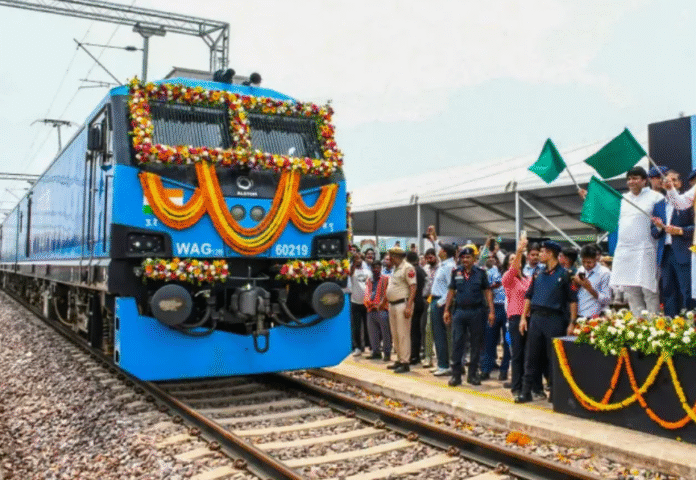India’s $215 billion logistics sector set for rapid growth as government initiatives, digital reforms, and infrastructure status boost efficiency and investment.
New Delhi
India’s logistics sector, valued at $215 billion in 2021, is poised for robust expansion, with government data on Saturday projecting a compound annual growth rate (CAGR) of 10.7% through 2026. Officials highlight that the sector’s infrastructure status—similar to roads and railways—has improved access to long-term, low-cost funding, cementing its role in powering India’s economic growth.
The government has rolled out multiple initiatives to modernise supply chains and lower costs, including the National Logistics Policy (NLP), PM Gati Shakti, GST, and dedicated Logistics Parks. Together, these measures are reshaping India’s logistics backbone, driving both efficiency and investment.
The sector employs over 22 million people and is generating millions of new jobs. Inland Waterways alone reported a record cargo movement of 145.5 million tonnes in 2024–25. Digitalisation and platforms like the Unified Logistics Interface Platform (ULIP) are strengthening transparency and connectivity across supply chains, the Commerce Department said.
India’s broader economic performance underpins this momentum. Having grown 15.3% during 2021–22 as manufacturing, services, and agriculture bounced back post-pandemic, the country has maintained its status as the fastest-growing major economy, recording 6.5% real GDP growth in FY 2024–25.
To further streamline operations, the government created a separate logistics division in 2017 under the Commerce Department. The launch of the NLP in September 2022 accelerated reforms, with digital platforms like ULIP and the Logistics Data Bank (LDB) enabling seamless tracking of containerized export-import cargo. Officials stress that efficient supply chains are critical for building a resilient India.



